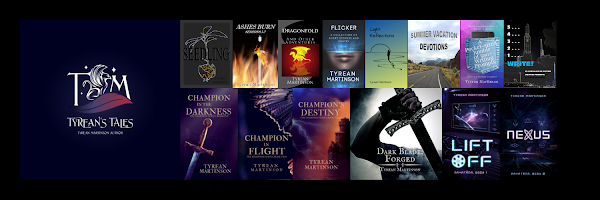EDITING
#AMEDITING
Editing is something we all have to do at some point, no matter the route we take with publishing.
It's challenging to look at our own work and see all of the flaws, especially after a first draft.
It's still challenging on the second, third, fourth, and all the other drafts it takes to finish.
So I started compiling a list of tips, then I asked for some help from Instagram and Twitter followers.
So, the image contains my list of tips (plus, I added them below in case the image has problems).
After the image, we have all the awesome tips given by fellow authors.
MY EDITING TIPS:
1. Print out your draft.
2. Use several colors of pens to highlight and take notes.
3. Use sticky notes.
4. Read it out loud.
5. Always highlight a part you like in each editing session with your favorite color.
EDITING TIPS FROM MY AWESOME INSTAGRAM AND TWITTER FRIENDS:
From Melissa Pyrch @pyrchgetspublished on Instagram:
"Printing out is key. I always highlight my favorite sentences, too! I also find reading the beginning and ending back to back is helpful to see if they play well together. I always tell my students ... don't marry your first draft! Don't be afraid to cross out, add, change, and rearrange!"
From Phi @longwaydownbook on Instagram:
"Leave yourself comments about your emotions as you read! If you wrote a sad scene and it's not making you sad when you reread it, you may need to look at it again."
From Annalisa Crawford @annalisa_crawford on Instagram:
"I love my multi-coloured pen approach. I bought a pack of twelve coloured pens for the purpose, but the yellow is pointless for writing - it's my doodle pen now ... I have a specific pen to procrastinate." 😊
"I like to print out my manuscript when I edit. It
"feels" like a different process than writing on the computer and I
think my brain recognizes it as such. Also, have lots of cookies at hand."
From Tonja Drecker @TDrecker on Twitter:
"When I have trouble capturing a character's
reactions/thoughts, I sometimes write a section in another POV (1st instead of
3rd) so as to see it from another angle."
From Laurel Garver @LaurelGarver on Twitter
"Change the line length and font size. You need to trick your brain to see the words anew, not as you *think* you wrote them."
From Linda K. Rodante @lrodante on Twitter
"Circle every "to be" verb--am, is, are, was, were, be, being, been and then see if you can change that sentence to get rid of them. Of course, you can't and shouldn't get rid of them all, but try to get rid of a good percentage, esp on your first page!"
This is the first of a series of posts I hope to do with tips from friends and followers. I'll be posting one about handling rejection in the IWSG site on June 17.
BTW - if you are looking for ways to engage with your Twitter and Instagram community, I recommend trying something like this. Be sure to add the hashtag: #writingcommunity or the hashtags appropriate to your post to get responses. (And if you have accounts in both places, always share "through" from one to the other for more engagement.)
NEWS
The IWSG is accepting submissions for the newest short story anthology. See details here.
The June Instagram "Challenge" is here.
Tellables founder Amy Stapleton is doing a guest post at IWSG today about Voice First Storytelling. Check it out.
Do you have any editing tips to share?
Which editing tips mentioned above do you use?
And, if you have any to share, would you like to be a part of an Editing Tips, Part 2 post in August? Let me know by stating that in the comment section.

